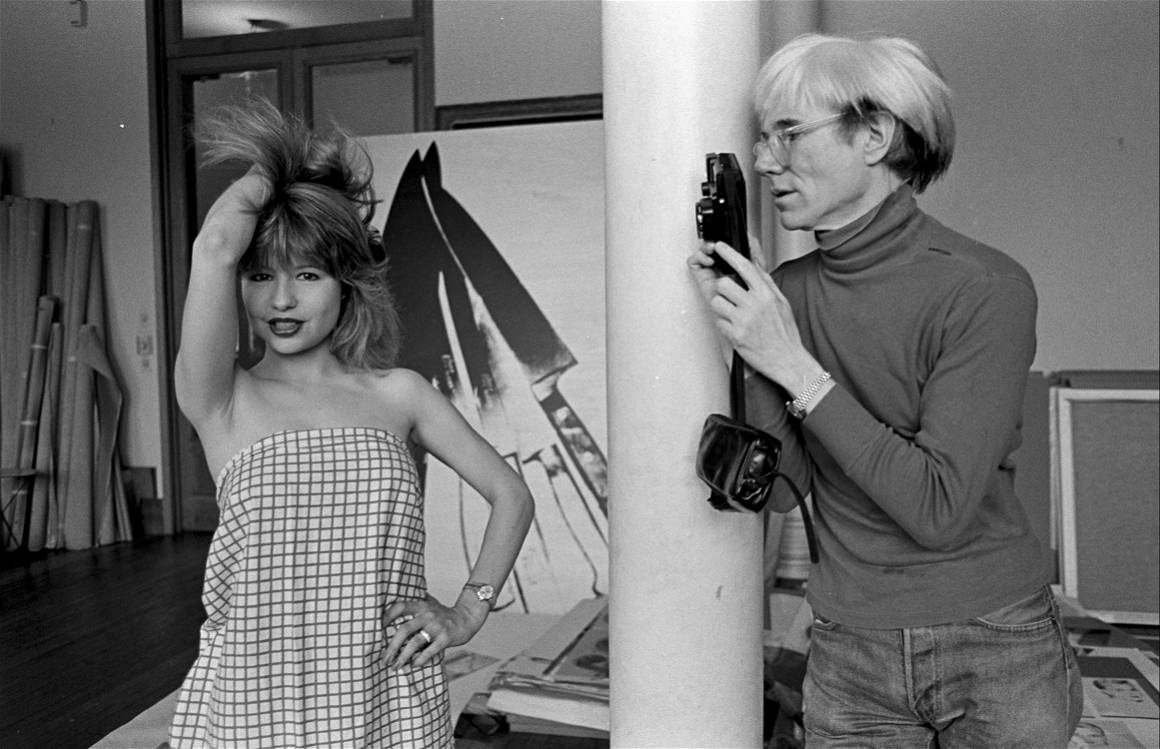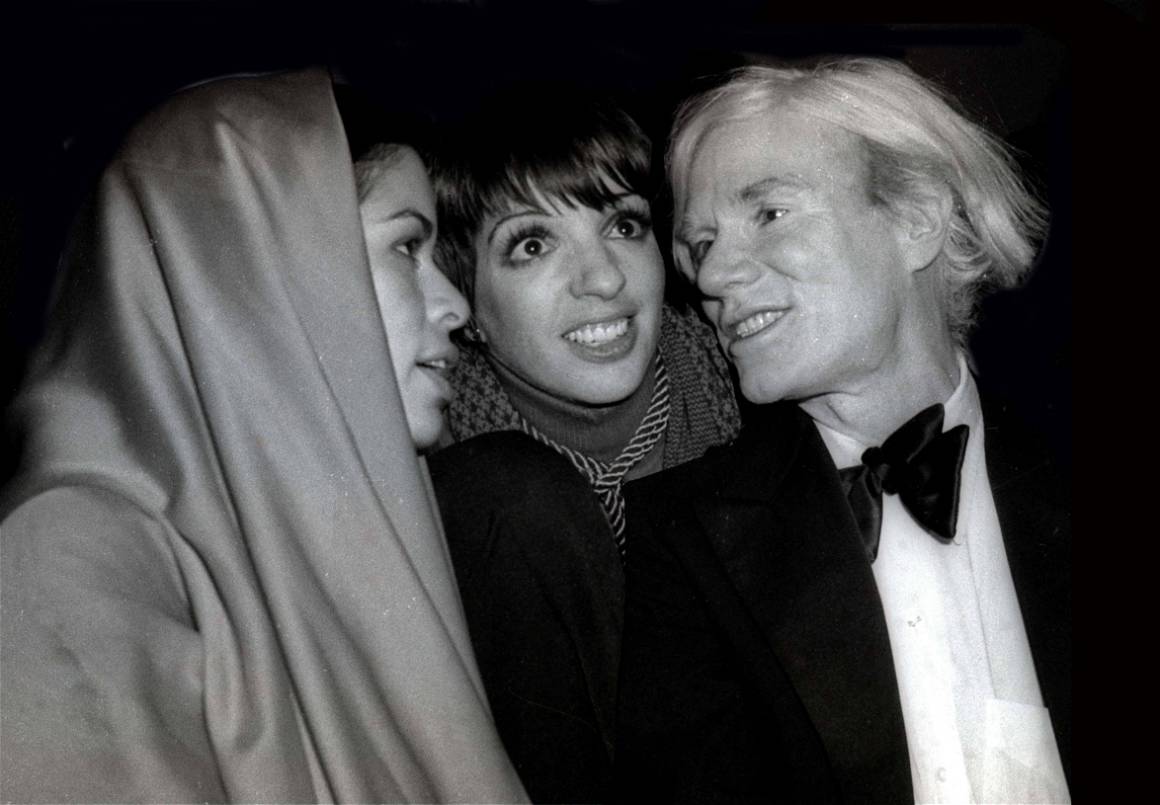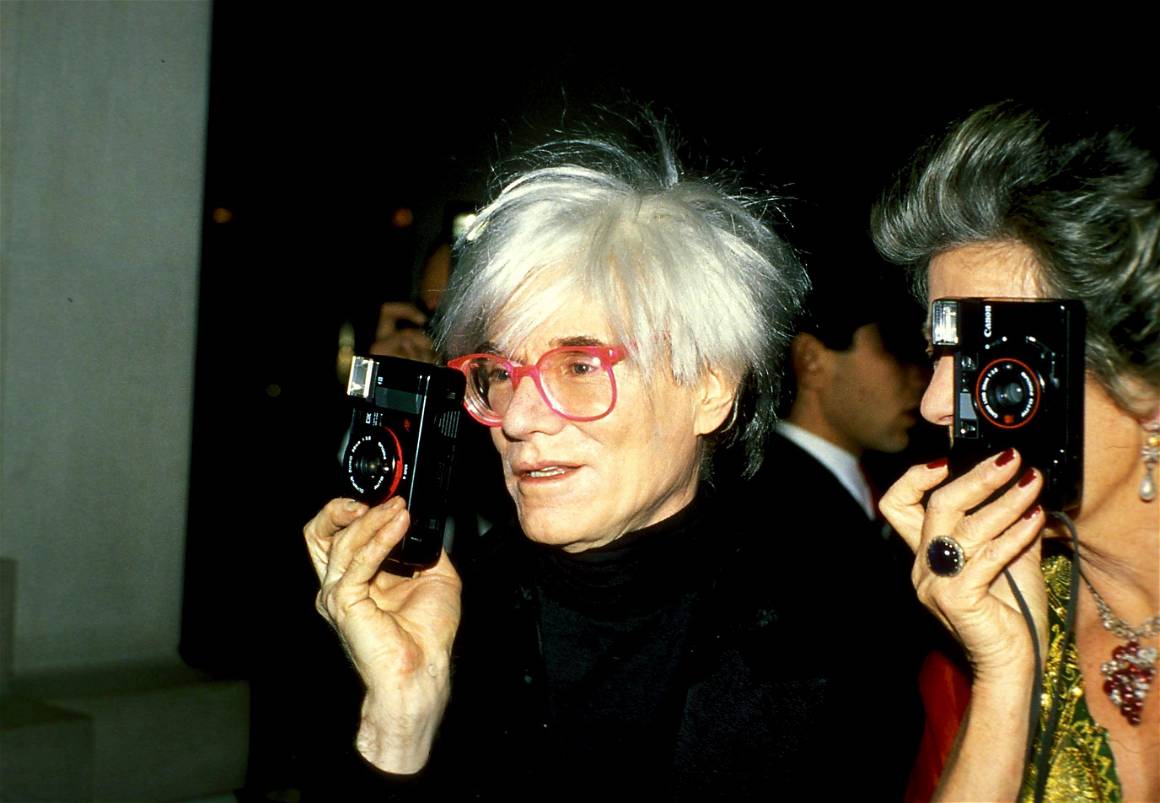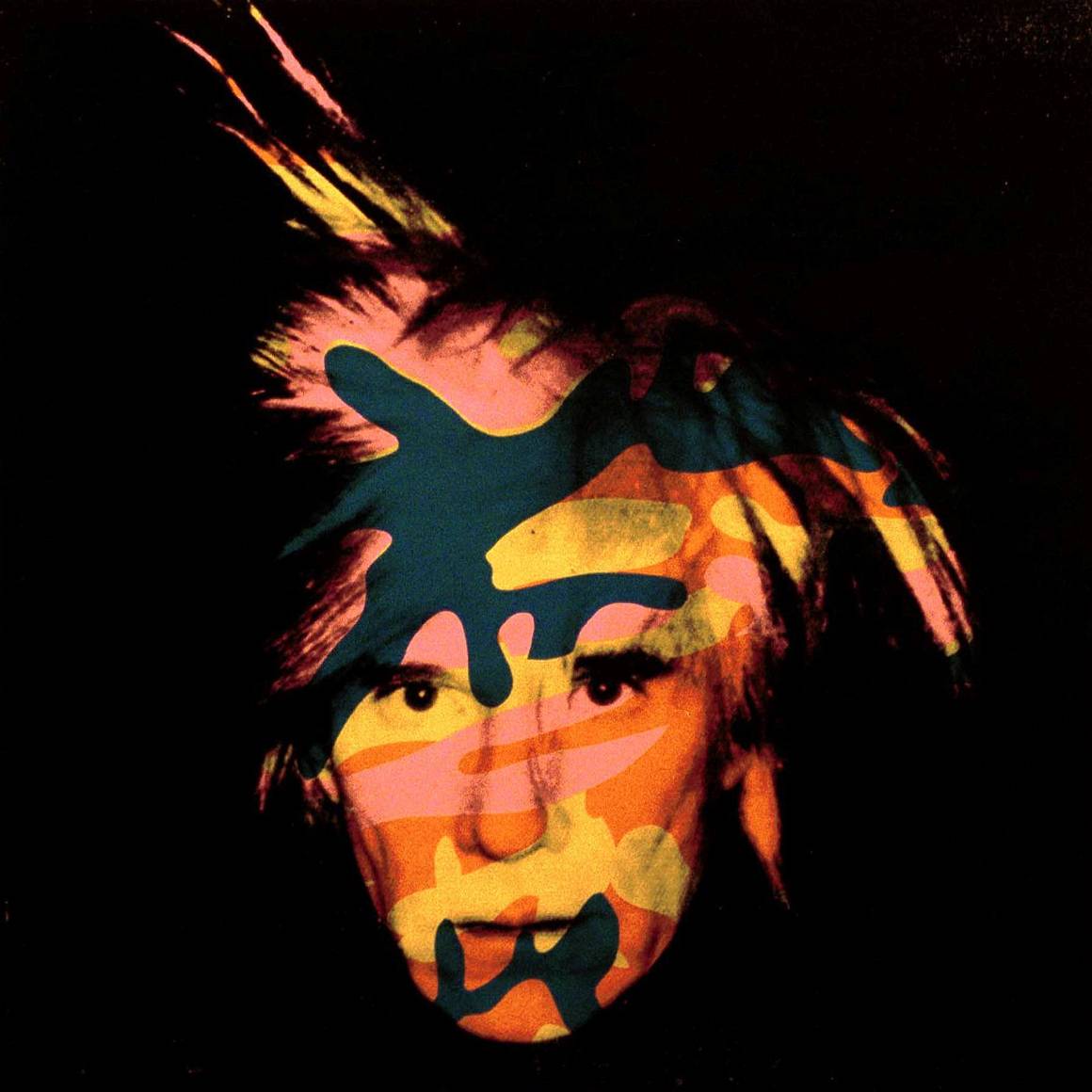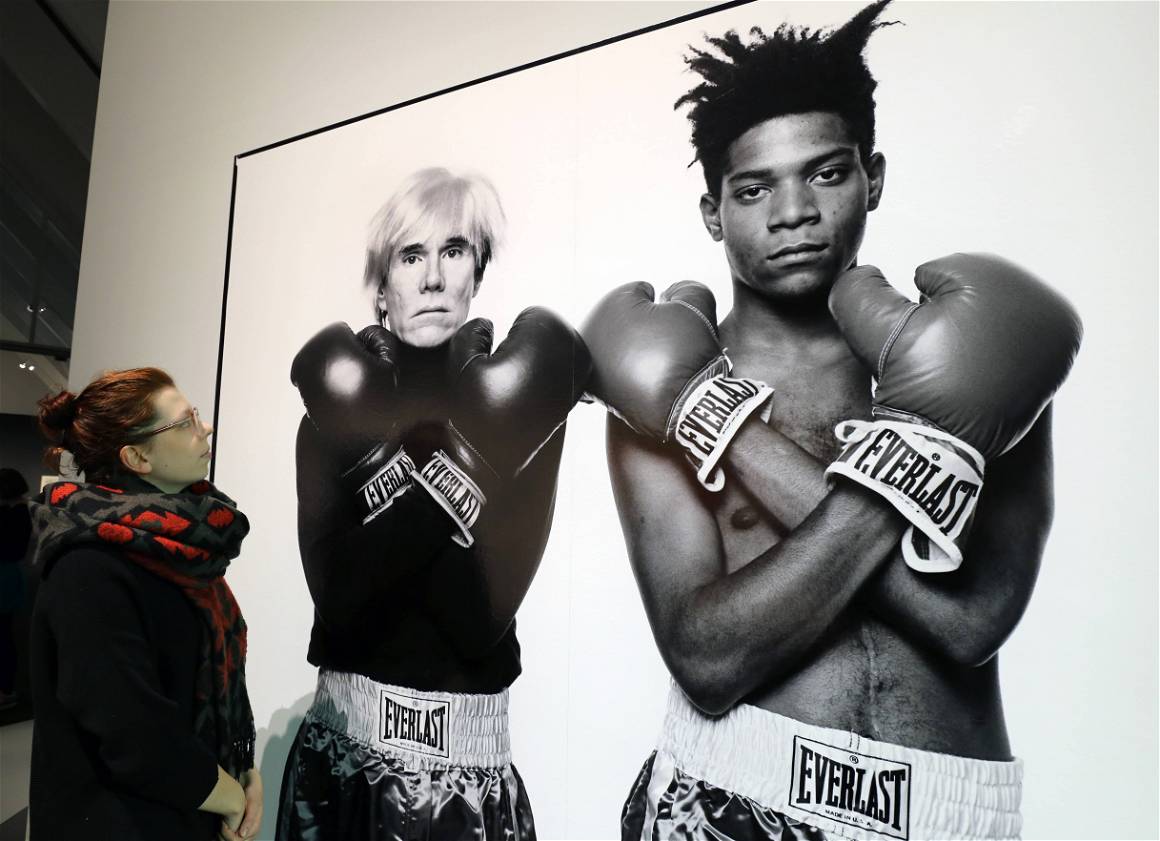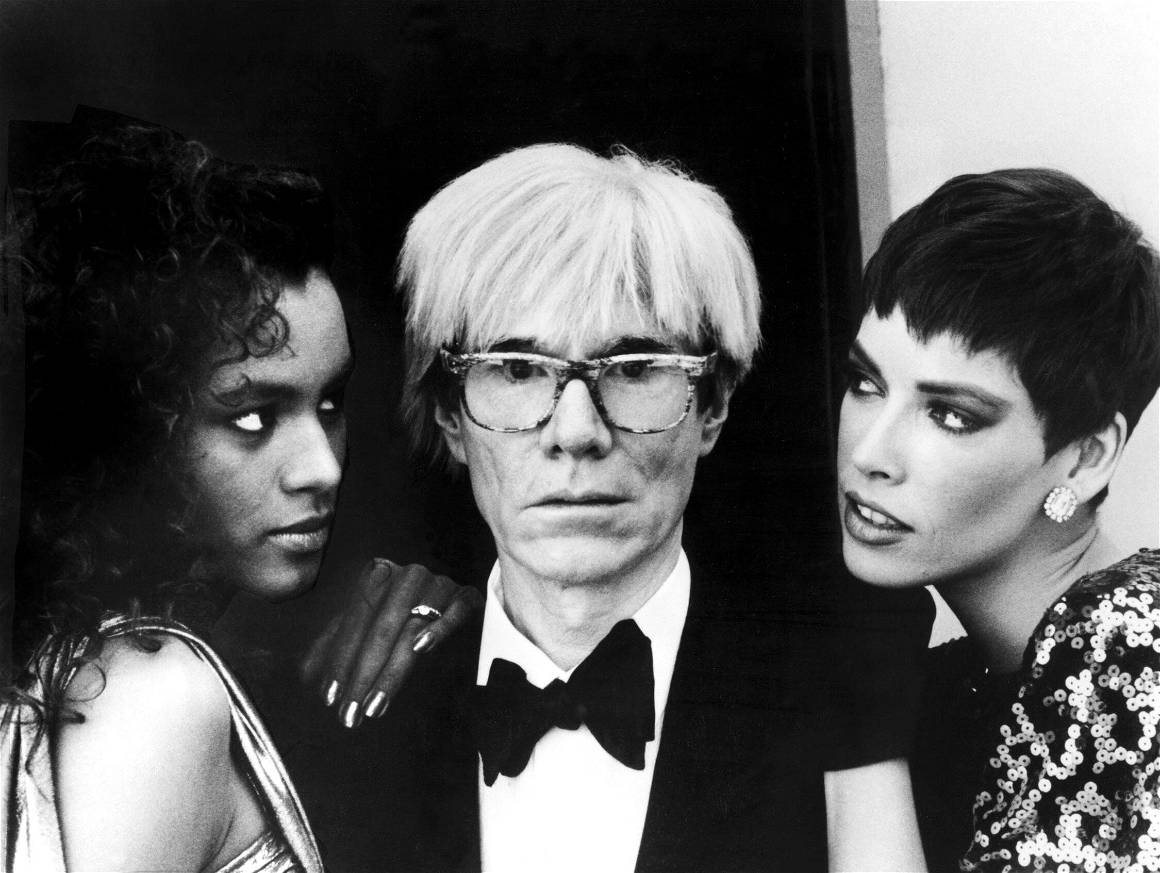Andy Warhol, renowned for his celebrity portraits, signature Campbell's soup cans, and bold Brillo boxes, didn't merely depict the 20th-century zeitgeist — he became one of the defining figures. By fusing commercial elements with the avant-garde, he pioneered a movement that blurred the lines between high art and popular culture. Today, in contemporary art, Warhol remains a towering figure, synonymous with the Pop art movement.
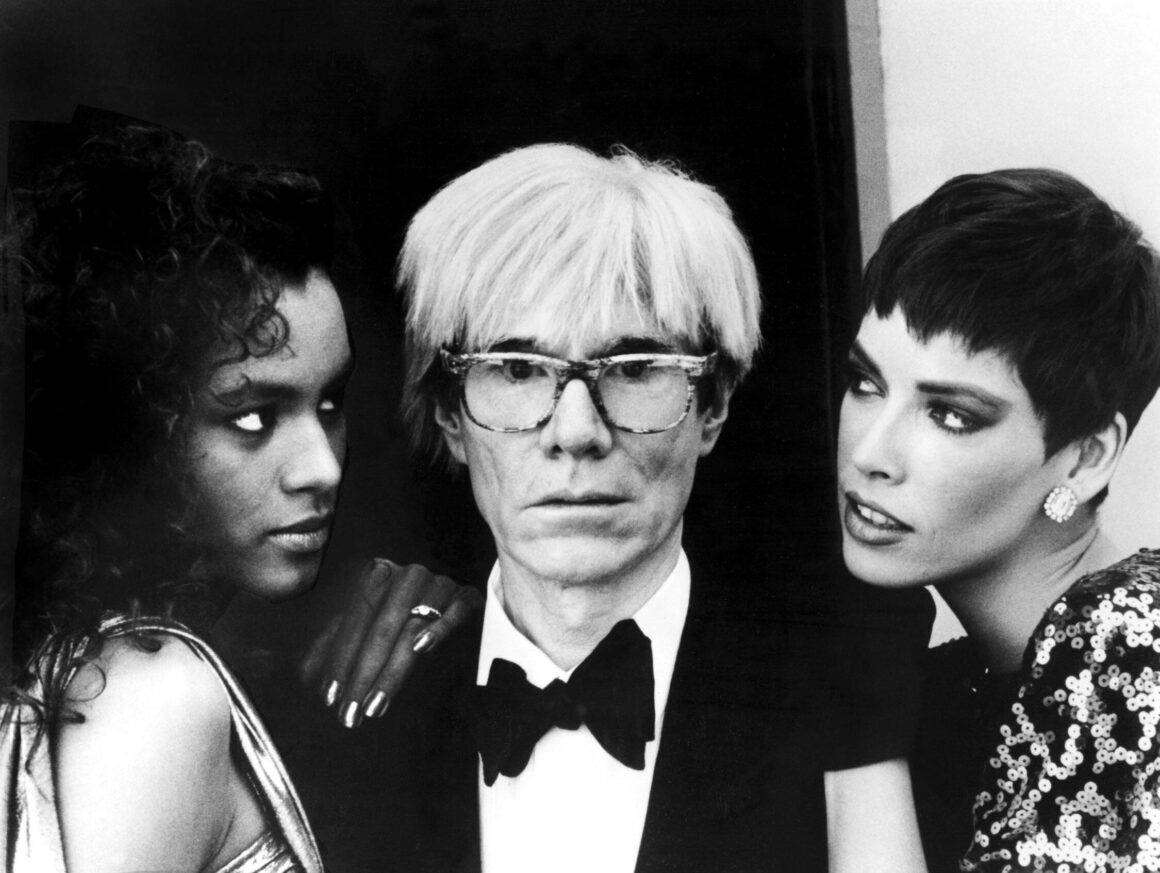
The Lasting Impact of Pop Art Icon Andy Warhol
In this article, we review: What made Andy Warhol the epicenter of the Pop art movement? And amidst this fame, did he at times, infringe on photographers’ copyrights?
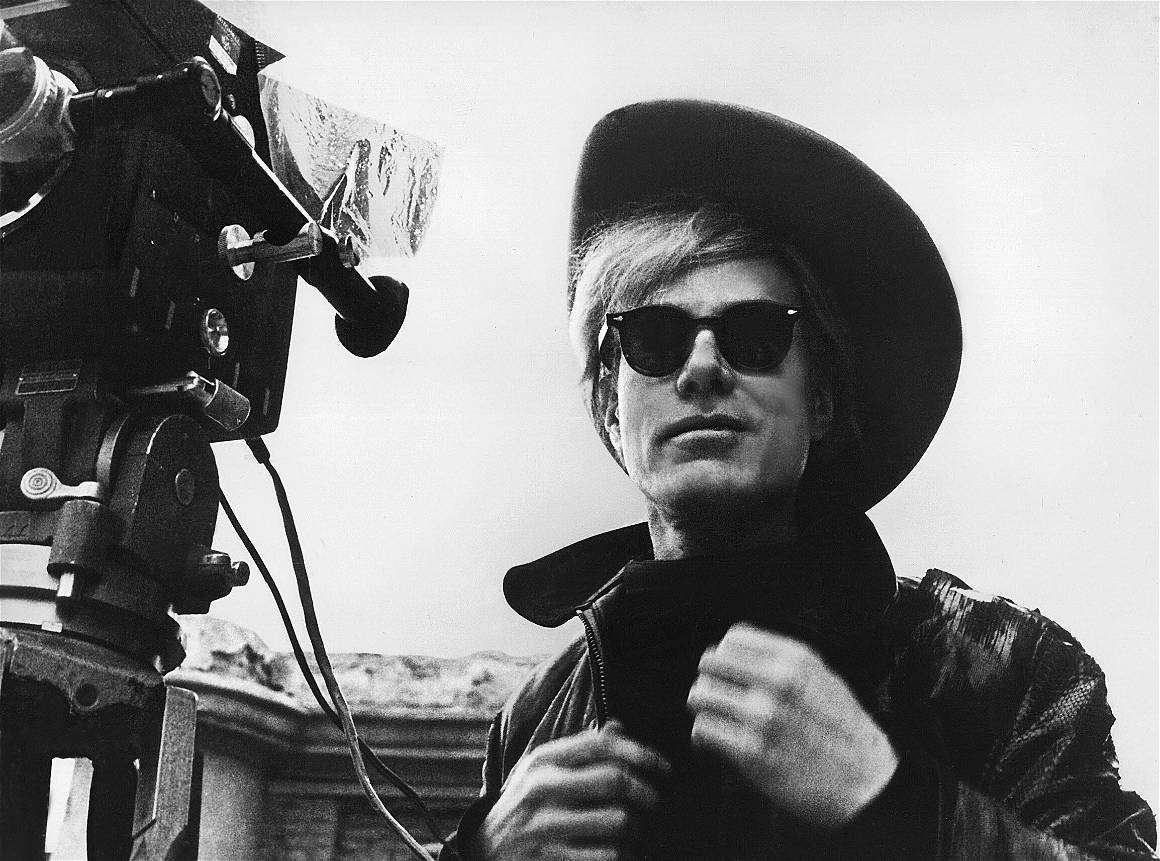
Andy Warhol: The 20th Century Cultural Phenomenon
As Warhol made his mark in the vibrant 20th century, he wasn’t just recognized as an artist but revered as a cultural trailblazer. In an era when art was often compartmentalized, he merged commercial and fine arts, casting a fresh perspective on America’s consumerism and celebrity culture. More than just reflecting societal nuances, Warhol’s Campbell’s soup cans and his vivid portraits, including those of Marilyn Monroe, acted as commentaries, elevating mundane objects to the realm of fine art.
Warhol integrated into the fine arts landscape, constantly pushing artistic boundaries. A testament to his forward-thinking approach is evident when he once offered a Marilyn Monroe silkscreen to a friend. The friend refused and said: “Just tell me in your heart of hearts that you know it isn’t art.” On facing rejection, Warhol confidently remarked, “Wrap it up in brown paper, put it in the back of a closet—one day it will be worth a million dollars.” Now we know the story and how just one of those silks ended up selling a hundred million dollars in 2008.
“In an era when art was often compartmentalized, he merged commercial and fine arts, casting a fresh perspective on America’s consumerism and celebrity culture.”

The Factory: Warhol’s Hub of Creativity in the 1960s Avant-Garde Scene
Located in Manhattan, ‘The Factory’, Warhol’s legendary studio, was much more than a mere workspace. As the nucleus of New York’s 1960s avant-garde movement, it was a melting pot of creativity frequented by renowned artists, musicians, and celebrities. This haven of innovation, adorned with silver-foiled walls, was where Warhol produced his groundbreaking silkscreen paintings, all while surrounded by a diverse circle of collaborators and muses.
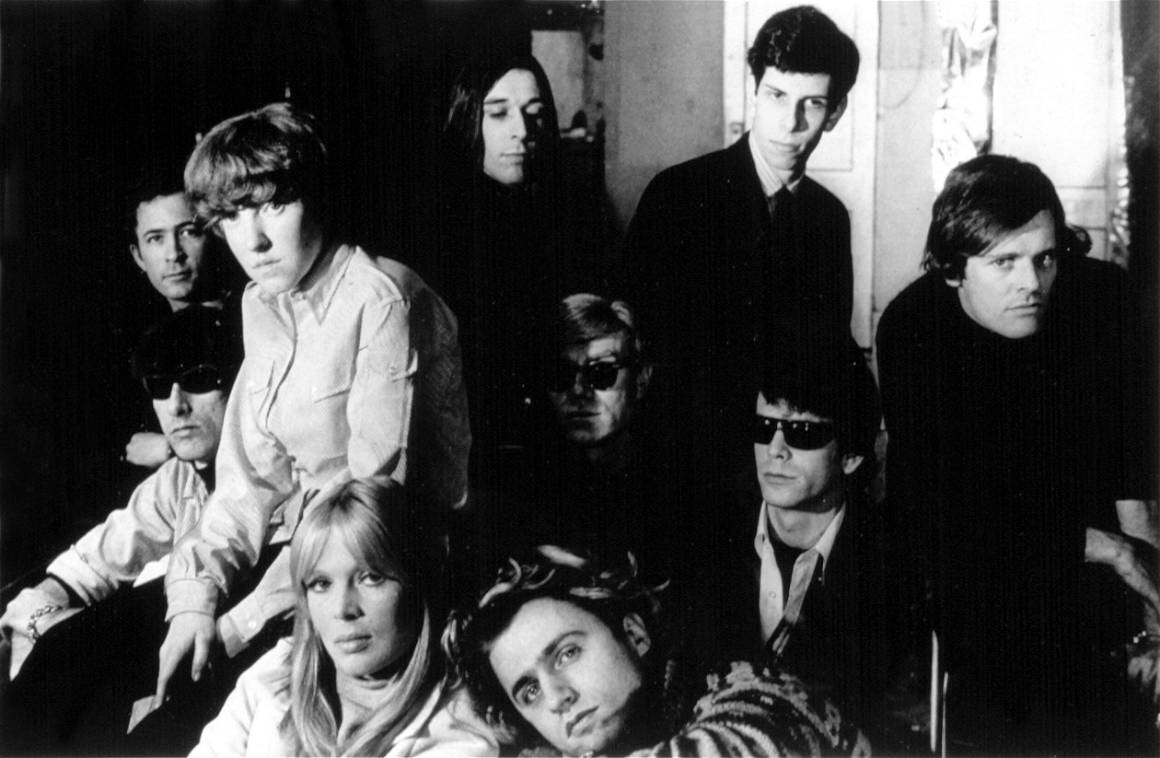


Andy Warhol and the Copyright Conundrum
Warhol’s artistic style often navigated the delicate territory between inspiration and copyright infringement. He drew upon existing photographs, leading to debates around art, homage, and copyright boundaries.
The U.S. Supreme Court recently ruled that Warhol violated the copyright of photographer Lynn Goldsmith when he created an illustration of musician Prince in the 1980s. Drawing significantly from Goldsmith’s original photograph, the piece became a symbol of both Warhol’s transformative style and the blurry boundaries of artistic fair use. This landmark decision, supported by seven of the nine justices, resonated throughout the art world, prompting discussions on the sanctity of original works and the permissible limits of artistic reinterpretation.

The Turning Point: The 1968 Assassination Attempt on Warhol
1968 marked a pivotal moment in Warhol’s life when an assassination attempt by Valerie Solanas left him grievously injured. This incident had a profound impact on Warhol, not just physically but emotionally. Warhol’s resilience saw him return to the art world, but the repercussions of this traumatic event lingered, shadowing his personal life and eventually playing a role in his premature demise in 1987.

Warhol’s Everlasting Legacy in Modern Art
Decades after his passing, Andy Warhol’s influence remains omnipresent. From fashion runways to contemporary digital art galleries, his legacy is omnipresent. As the convergence of traditional and digital art continues in the 21st century, Warhol’s visionary approach serves as a beacon, reminding upcoming artists of the limitless possibilities when convention is challenged.
Discover More: Exclusive Photo Collections of Andy Warhol here.
